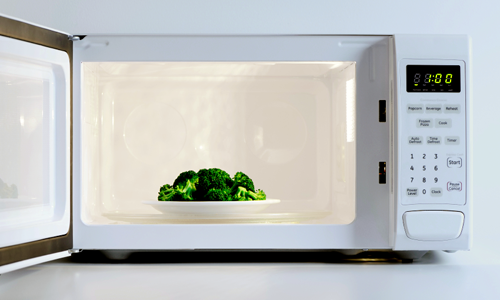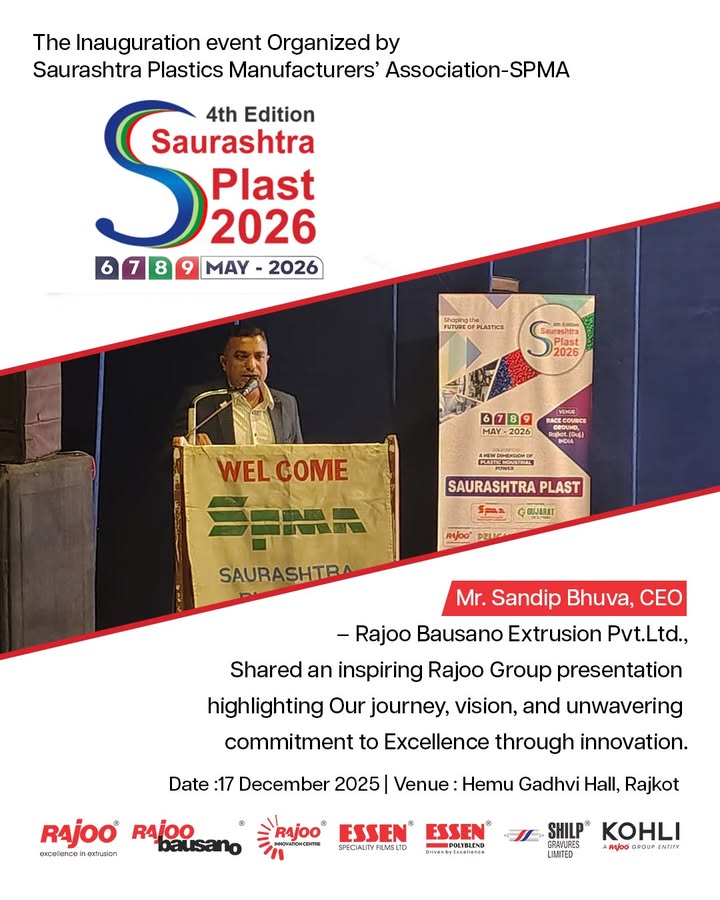Busting Myths About Plastics -
Myth: Using plastic food containers or wraps in microwaves is dangerous.
Busted: Before entering the market for consumer use, the components of products that come in contact with food must be submitted for review by the Food and Drug Administration (FDA). Plastics and additives, such as diethylhexyl adipate (DEHA—a plasticizer commonly used in cling film food wrap) are permitted only after the FDA reviews the scientific data and finds that they are safe for their intended use.
FDA's review includes an assessment of the potential for substances to migrate into the food.
According to the FDA, "While it is true that chemicals used to make plastics can leach into food from plastic containers and films, all of the regulated chemicals used to make plastics for food contact, including DEHA, have been reviewed by FDA and have been found safe for their intended use."
Dioxins are another class of potentially harmful compounds that has been incorrectly linked to the use of plastic food wraps and containers in microwaves. Most plastics used for food packaging do not contain the chemicals that can produce dioxins.Furthermore, dioxins are only produced during combustion at extremely high temperatures (generally 700 degrees Fahrenheit or more).
The key point to remember is that plastic wraps and containers are not dangerous to use in the microwave if they are used in accordance with the directions on their packaging or the container itself. The public should be sure to use any plastics for their intended purpose and in accordance with directions. Many plastic wraps, packages and containers are specially designed to withstand microwave temperatures. Be sure yours is one of them by checking the item or its label.

Busting Myths About Plastics -
Myth: Using plastic food containers or wraps in microwaves is dangerous.
Busted: Before entering the market for consumer use, the components of products that come in contact with food must be submitted for review by the Food and Drug Administration (FDA). Plastics and additives, such as diethylhexyl adipate (DEHA—a plasticizer commonly used in cling film food wrap) are permitted only after the FDA reviews the scientific data and finds that they are safe for their intended use.
FDA's review includes an assessment of the potential for substances to migrate into the food.
According to the FDA, "While it is true that chemicals used to make plastics can leach into food from plastic containers and films, all of the regulated chemicals used to make plastics for food contact, including DEHA, have been reviewed by FDA and have been found safe for their intended use."
Dioxins are another class of potentially harmful compounds that has been incorrectly linked to the use of plastic food wraps and containers in microwaves. Most plastics used for food packaging do not contain the chemicals that can produce dioxins.Furthermore, dioxins are only produced during combustion at extremely high temperatures (generally 700 degrees Fahrenheit or more).
The key point to remember is that plastic wraps and containers are not dangerous to use in the microwave if they are used in accordance with the directions on their packaging or the container itself. The public should be sure to use any plastics for their intended purpose and in accordance with directions. Many plastic wraps, packages and containers are specially designed to withstand microwave temperatures. Be sure yours is one of them by checking the item or its label.








..